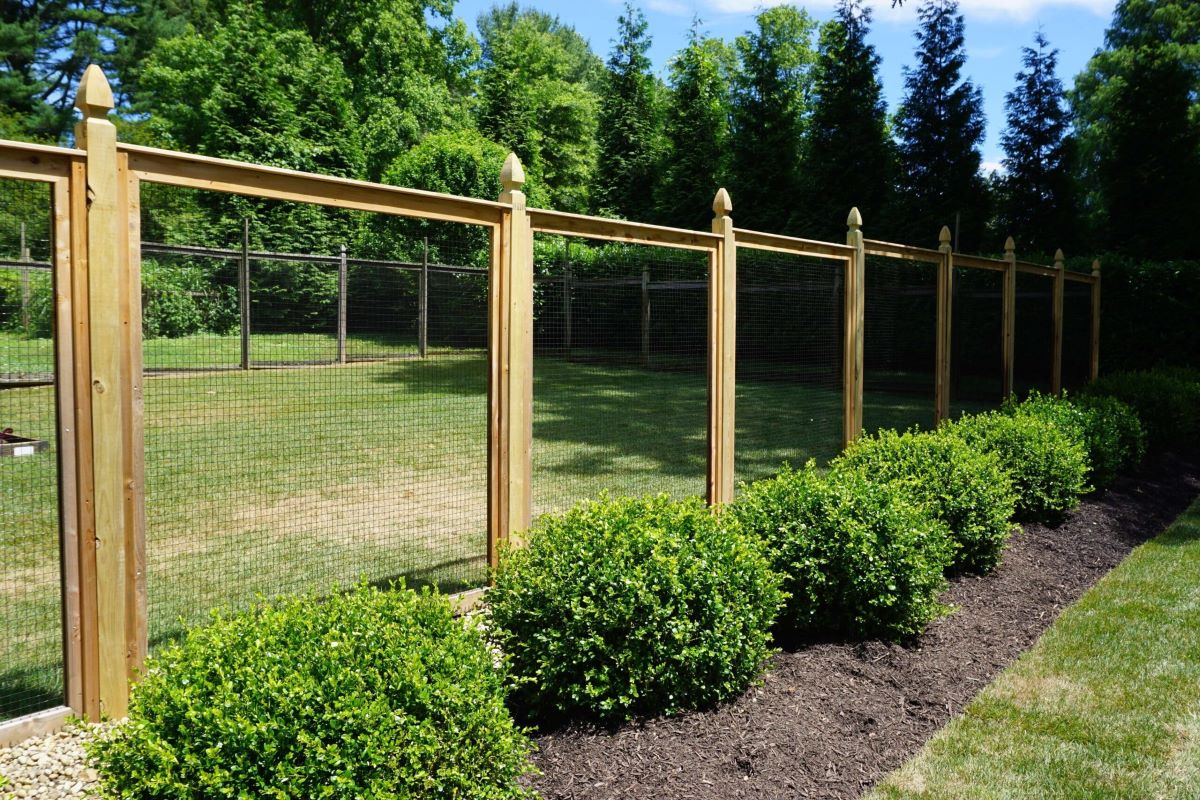

Articles
How Tall Should A Deer Fence Be
Modified: December 7, 2023
Discover the ideal height for a deer fence and ensure the protection of your garden with our informative articles.
(Many of the links in this article redirect to a specific reviewed product. Your purchase of these products through affiliate links helps to generate commission for Storables.com, at no extra cost. Learn more)
Introduction
Deer can be a beautiful sight in the wild, but they can also wreak havoc on your garden, crops, and landscaping. To protect your property from the harmful effects of deer browsing, it is essential to install a deer fence. However, determining the height of the deer fence can be a critical decision that will directly impact its effectiveness. This article will guide you through the factors to consider and recommend the appropriate height for your deer fence.
Key Takeaways:
- Protect your property from deer browsing by installing a deer fence at least 8 feet tall. Consider local deer population, surrounding environment, and fence purpose for optimal protection.
- Regular maintenance and timely repairs are crucial for maximizing the effectiveness and longevity of your deer fence. Inspect, reinforce weak areas, and address damage promptly.
Read more: How Tall Should A Privacy Fence Be
Factors to Consider
When deciding on the height of your deer fence, several factors should be taken into consideration. Each of these factors plays a significant role in determining the optimal height for your fence.
Deer Behavior
The first factor to consider is the behavior of deer. Deer are agile animals known for their ability to jump high and squeeze through narrow spaces. They have been observed to easily clear fences as tall as 8 feet when motivated. Understanding their behavior will help you gauge the height required to deter them.
Deer Species
Different deer species have varying heights and jumping abilities. White-tailed deer, the most common deer species in North America, can jump up to 8 feet high. Mule deer and black-tailed deer, on the other hand, are capable of leaping 10 feet or more. Identifying the prevalent deer species in your area will help determine the minimum fence height required.
Local Deer Population
The number of deer in your area is another critical factor to consider. If you live in an area with a high deer population, the likelihood of deer attempting to breach your fence is greater. In such cases, a higher fence height may be necessary to provide adequate protection.
Read more: How Tall Should Horse Fence Be
Surrounding Environment
The surrounding environment of your property can influence the height of your deer fence. If your property is located near natural deer habitats, such as forests or open fields, deer may be more likely to wander onto your land. Additionally, the presence of nearby food sources, such as orchards or gardens, can attract deer and necessitate a taller fence.
Fence Purpose
Consider the purpose of your fence when determining its height. If your goal is solely to deter deer, a specific height may suffice. However, if you plan to keep out other animals, such as rabbits or groundhogs, you may need a taller fence to ensure complete protection.
By carefully considering these factors, you can determine the most appropriate height for your deer fence. In the next section, we will explore the recommended minimum height and optimal height for deer fences.
Deer Behavior
Understanding the behavior of deer is crucial when determining the height of your deer fence. Deer are agile and powerful animals, capable of jumping significant heights and navigating through narrow spaces. To effectively thwart their attempts to breach your fence, it is essential to take their behavioral patterns into account.
Deer are exceptional jumpers, especially the white-tailed deer, which is prevalent in North America. They can easily clear fences as tall as 8 feet when motivated. Mule deer and black-tailed deer are also strong jumpers, capable of leaping heights of 10 feet or more. Therefore, it is clear that a standard-height fence would not deter deer from accessing your property.
In addition to their jumping abilities, deer can also squeeze through relatively small gaps. Their slender bodies and flexible bones allow them to maneuver through openings as narrow as 12 inches. This means that even if the fence is a substantial physical barrier, deer can still find a way to breach it if there are any gaps or weaknesses.
Moreover, deer have an inclination to follow established paths or trails known as deer runs. These trails help them navigate through their territory, providing convenience and efficiency in their movement. When planning the placement of your deer fence, it is important to consider the likely paths that deer will take and ensure that the fence is strategically positioned to intercept these trails.
Furthermore, deer are persistent creatures when they are motivated by the scent of food or the desire for shelter. They can exhibit determined behavior, relentlessly testing the integrity of a fence until they find a way to penetrate it. This persistence reinforces the need for a tall and robust fence that can withstand their repeated attempts.
To effectively deter deer, it is recommended to install a fence that is at least 8 feet tall. This height is intended to discourage deer from attempting to jump over it, as it exceeds their typical jumping abilities. By providing a substantial physical barrier, you can minimize the chances of deer breaching your fence and accessing your property.
However, keep in mind that even with an 8-foot fence, there is still a small possibility of deer clearing it if they are determined enough. Therefore, it is crucial to reinforce the fence with additional measures, such as angled extensions or electric wires, to further discourage their attempts.
By understanding the behavior of deer and taking proactive measures to deter them, you can ensure the effectiveness of your deer fence. In the next section, we will explore the different deer species and their jumping capabilities, which will further inform the height requirements for your fence.
Deer Species
When determining the height of your deer fence, it’s essential to consider the specific deer species in your area. Different deer species exhibit varying heights and jumping capabilities, which will influence the minimum height requirement to effectively deter them.
The most common deer species in North America is the white-tailed deer. White-tailed deer are known for their agility and ability to navigate through various terrains. When it comes to jumping, white-tailed deer can clear fences as high as 8 feet when motivated. This species is prevalent in many parts of the United States and Canada, so if you live in these regions, you must take their jumping capabilities into account when deciding on the height of your fence.
Mule deer and black-tailed deer, although similar in appearance, are different species with slightly different jumping abilities. Mule deer have powerful hind legs and can jump even higher than their white-tailed counterparts. They are known to clear fences as tall as 10 feet or more when necessary. Black-tailed deer, which are native to the coastal regions of the western United States, exhibit similar jumping capabilities as mule deer.
Understanding the jumping abilities of these deer species is vital because it can determine the minimum height required for your fence to effectively deter them. If you want to prevent access from both white-tailed deer and mule or black-tailed deer, it is advisable to choose a fence height that exceeds their maximum jumping capabilities.
For areas with predominantly white-tailed deer populations, an 8-foot fence is usually sufficient to prevent them from jumping over. However, if you are dealing with a significant number of mule or black-tailed deer, you may want to consider increasing the height of your fence to at least 10 feet to ensure their inability to clear it.
It’s important to note that even with the recommended fence height, there is a small possibility that determined deer may still attempt and successfully jump over the fence. In such cases, additional measures can be taken, such as installing angled extensions or electric wires on top of the fence to further discourage their attempts.
By understanding the jumping capabilities of the different deer species in your area, you can determine the appropriate height for your deer fence. In the next section, we will discuss another crucial factor to consider, which is the local deer population, as it will impact the effectiveness of your chosen fence height.
Read more: How Tall Should Goat Fence Be
Local Deer Population
The local deer population is an essential factor to consider when determining the height of your deer fence. The number of deer in your area can significantly impact the likelihood of deer attempting to breach your fence and the level of protection required.
If you reside in an area with a high deer population, the chances of deer encountering your property and attempting to access it are greater. A densely populated deer area means more potential interaction between deer and your fence. In such cases, it becomes even more crucial to have a deer fence that is tall enough to deter them.
High deer populations often result in increased competition for food, which can drive deer to explore new territories in search of sustenance. If your property happens to be a tempting food source, such as a garden or crop field, deer will be more motivated to overcome obstacles like fences to access the available resources. Therefore, it is important to have a fence that acts as a substantial deterrent and is difficult for deer to breach.
On the other hand, if your local deer population is relatively low, you may have more flexibility in choosing the height of your fence. However, keep in mind that even a small number of deer can cause significant damage to your property, especially if they become aware of easily accessible food or shelter. It is always better to err on the side of caution and provide adequate protection by installing a fence that is at the recommended height.
To determine the local deer population, you can consult local wildlife agencies or reach out to experts in your area. They can provide you with valuable information regarding the deer population density and offer guidance on the appropriate fence height to address the specific challenges in your region.
By considering the local deer population, you can gauge the level of risk and the height of the fence needed to effectively deter deer from accessing your property. In the next section, we will delve into another important factor to consider: the surrounding environment, which can influence the height requirements of your deer fence.
Surrounding Environment
The surrounding environment of your property plays a vital role in determining the height of your deer fence. Understanding the characteristics of the area surrounding your property can help you assess the potential risk of deer intrusion and determine the height required for optimal protection.
If your property is located in close proximity to natural deer habitats such as forests, woodlands, or open fields, the likelihood of deer wandering onto your land increases. Deer often explore their surroundings in search of food, water, and shelter, and if your property offers these resources, they may be attracted to it. In such cases, a taller fence may be necessary to prevent deer from making their way onto your property.
Additionally, consider the presence of nearby food sources that could entice deer. Orchards, vegetable gardens, and flower beds can be magnets for deer who are looking for easy meals. If your property contains these attractive food sources, it becomes even more crucial to have a fence that is tall enough to deter deer and protect your valuable plants and crops.
The topography of the surrounding environment should also be taken into account. Deer are agile animals that can navigate hilly terrains and uneven landscapes. If your property is situated on sloping ground or has natural obstacles that deer could use as launching points, such as fallen trees or rock formations, it is important to install a fence with an appropriate height to counteract their advantage.
Furthermore, consider the overall size of your property and its proximity to neighboring properties. If your property is relatively small or if there are neighboring properties with existing deer fencing, it may be easier to contain deer and minimize their intrusion. However, if your property is large or surrounded by open land, a taller fence may be necessary to create a more effective barrier and prevent deer from finding alternative routes to access your property.
By assessing the surrounding environment of your property, you can gain insights into the risk level and potential challenges posed by deer. This information will help you determine the optimal height for your deer fence and ensure the highest level of protection.
In the next section, we will discuss the importance of considering the purpose of your fence when determining its height, as different purposes may require different fence specifications.
Fence Purpose
When deciding on the height of your deer fence, it’s crucial to consider its purpose. Different purposes may require different fence specifications, including varying heights. Let’s explore the common purposes of deer fences and the recommended heights for each.
If your sole purpose is to deter deer from accessing your property, a fence height of at least 8 feet is recommended. This height is generally sufficient to dissuade most deer from attempting to jump over the fence. However, it’s important to remember that determined deer, motivated by hunger or other factors, may still attempt to breach the fence. In such cases, additional deterrents such as angled extensions or electric wires can be used to reinforce the height and discourage their attempts.
If your goal is to prevent not only deer but also other animals such as rabbits, groundhogs, or larger wildlife, you may need to increase the height of your fence. A fence height of 8 to 10 feet can help deter these animals as well, providing a comprehensive barrier against a wider range of wildlife.
Furthermore, if you have valuable crops, orchards, or gardens that you want to protect from deer browsing, a taller fence may be necessary. A minimum fence height of 8 feet, combined with additional measures like mesh netting or electric fences, can help safeguard your plants from deer damage.
It’s important to note that the recommended heights mentioned above are general guidelines and may vary depending on factors such as deer behavior, local deer population, and surrounding environment. Assessing the specific circumstances of your property and consulting with local experts can provide valuable insights into the optimal height requirements for your deer fence.
Remember that a higher fence height generally offers better protection, but it’s crucial to balance that with the visual impact and cost of installing and maintaining such a fence. Consider your aesthetic preferences, budget, and local regulations when determining the final height of your deer fence.
In the next section, we will explore other factors to consider when installing a deer fence, such as fence design, materials, installation, and maintenance. These factors can influence the overall effectiveness and longevity of your deer fence.
Minimum Height
When it comes to protecting your property from deer, determining the minimum height for your deer fence is crucial. While the height recommendations can vary depending on factors such as deer behavior and local population, there is a minimum height that is generally accepted as effective for deterring deer.
The minimum height for a deer fence is typically considered to be 8 feet. This height takes into account the common jumping abilities of deer, particularly white-tailed deer, which can clear fences of this height when motivated. By installing a fence that is at least 8 feet tall, you create a physical barrier that is challenging for deer to overcome.
It’s important to note that the minimum height serves as a baseline recommendation and may not guarantee complete protection from all deer. Determined or motivated deer may still attempt to breach the fence, especially if they are encountering enticing food sources or are highly motivated to access the area beyond the fence. Therefore, it’s advisable to reinforce the fence and implement additional deterrents to further discourage their attempts.
In addition to the height, other factors such as fence design and materials used can also play a role in the effectiveness of the deer fence. Solid vertical boards or wire mesh with small openings can make it more difficult for deer to see beyond the fence and assess the desirability of the area inside. This can reduce their motivation to attempt to breach the fence.
It’s important to consider that the purpose of the fence and the specific circumstances of your property can influence the minimum height requirement. If your area has a high deer population or if there are neighboring properties with attractive resources for deer, you may want to consider increasing the height of your fence beyond the minimum recommendation to provide a stronger deterrent.
Remember that it’s always better to err on the side of caution and choose a fence height that provides the highest level of protection for your property. By investing in a fence that meets the minimum height requirement, you significantly reduce the likelihood of deer accessing your property and causing damage to your landscape or gardens.
In the subsequent sections, we will explore the optimal height and additional considerations to help you make informed decisions when installing a deer fence.
Read more: How To Build Deer Fence
Optimal Height
While the minimum height of 8 feet is generally recommended for a deer fence, the optimal height can vary depending on specific factors such as deer behavior, deer species, and the surrounding environment. Determining the optimal height ensures that your fence provides the highest level of protection against deer intrusion.
For areas with a high deer population, an optimal fence height of 8 to 10 feet is often recommended. This increased height acts as a greater deterrent, making it more challenging for deer to attempt to jump over the fence. The taller the fence, the less likely deer will be to even consider attempting to breach it.
If you live in an area with mule deer or black-tailed deer, which are capable of jumping even higher than white-tailed deer, increasing the optimal height to 10 feet or more may be necessary. By doing so, you create an even more substantial barrier, ensuring these larger deer species are unable to clear the fence.
The surrounding environment also plays a crucial role in determining the optimal height of your deer fence. Consider the proximity of natural deer habitats, such as forests or open fields, as well as the presence of nearby food sources. If your property is located near attractive resources for deer, a taller fence will be more effective in dissuading them from attempting to access those resources.
In addition to considering the height, it’s important to evaluate other factors that can reinforce the effectiveness of your deer fence. These include the design and materials used. Solid vertical boards or wire mesh with smaller openings can further reduce the visibility of the area beyond the fence, making it less enticing for deer and discouraging their attempts to breach it.
It’s worth noting that while a taller fence height provides increased protection, it may also come with drawbacks. A taller fence can be more visually imposing and may not comply with local regulations or homeowner association guidelines. Therefore, it’s essential to consider the balance between optimal height and other practical considerations.
Ultimately, the optimal height of your deer fence will depend on a combination of factors. Assessing the specific circumstances of your property, including deer behavior, deer species, local population, and the surrounding environment, will help you determine the most effective height to protect your property from deer intrusion.
In the next section, we will explore other important considerations when installing a deer fence, such as fence design, materials, installation, and ongoing maintenance. These factors influence not only the effectiveness of the fence but also its durability and longevity.
Extra Height for Extra Protection
If you want to provide an additional layer of protection for your property against deer intrusion, considering extra height for your deer fence is worth exploring. By increasing the fence height beyond the recommended minimum or optimal height, you create a more formidable barrier that will deter even the most determined deer.
While a fence height of 8 to 10 feet is often sufficient to prevent deer from jumping over, some properties may benefit from extra height. This is especially true if you live in an area with a high deer population or if your property is located near prime deer habitats or attractive food sources. In such cases, increasing the fence height to 12 feet or more can offer an added level of defense against deer.
The extra height serves as a deterrent for deer, as it exceeds their usual jumping abilities and makes clear that accessing your property is not easily attainable. This added deterrent can significantly reduce the pressure and frequency of deer attempting to breach the fence.
Furthermore, increasing the height of the fence can also deter deer from even attempting to jump, as the visual perception of a taller fence can instinctively discourage deer from approaching it. By providing a substantial physical barrier with extra height, you create an environment that deer are less likely to perceive as easily accessible or worth the effort to overcome.
It’s important to consider the practical considerations and regulations associated with installing a fence with extra height. Verify local ordinances or homeowner association guidelines to ensure compliance with any height restrictions. Additionally, consider the aesthetics of your property and neighboring properties, as a significantly taller fence may have visual impacts that need to be taken into account.
In summary, adding extra height to your deer fence can provide an additional layer of protection and peace of mind. By exceeding the recommended minimum or optimal height, you create a more daunting barrier that deer are less likely to attempt to breach. Assess the specific needs and circumstances of your property to determine whether extra height is necessary for the level of protection you desire.
Next, let’s explore other important considerations when installing a deer fence, including fence design, materials, installation, and ongoing maintenance. These factors play a critical role in the effectiveness and durability of your deer fence.
A deer fence should be at least 7-8 feet tall to effectively prevent deer from jumping over it. Additionally, the fence should be slanted outward at a 45-degree angle to further deter deer from attempting to jump over it.
Fence Design
When it comes to designing your deer fence, there are several considerations to keep in mind. The design of the fence not only affects its functionality but also its visual appeal and integration with the surrounding landscape. Let’s explore some key factors in fence design for optimal deer protection.
Height: As discussed earlier, the height of your deer fence is one of the most critical design aspects. To effectively deter deer, the fence should be tall enough to exceed their jumping abilities. Consider the minimum, optimal, and extra height requirements based on factors such as local deer population and nearby deer habitats.
Visibility: Deer are more likely to attempt to breach fences that they can easily see through. With this in mind, solid fences or those with minimal visibility can be more effective at deterring deer. Choosing a fence design with solid vertical boards or wire mesh with smaller gaps can reduce the visibility of tempting resources on the other side, minimizing deer interest and motivation.
Angled Extensions: Adding angled extensions to the top of your deer fence can further enhance its effectiveness. These extensions, usually made of angled wires or mesh, make it challenging for deer to navigate and jump over the fence. The angled design adds an extra layer of difficulty and discourages deer from attempting to breach the fence.
Gates and Entry Points: While designing the fence, it’s important to consider the location and design of gates and entry points. Ensure that these areas are protected and reinforce them to prevent deer from finding vulnerabilities in these access points. Using sturdy materials and secure gate hardware will help maintain the integrity of the fence and minimize the chances of deer entry.
Aesthetics: Balancing the functionality of the fence with its visual appeal is important. Consider a fence design that complements the overall aesthetics of your property and blends well with the surrounding landscape. This can be achieved by selecting materials, colors, and styles that harmonize with the natural features of your property.
Perimeter Enclosure: Depending on the size and layout of your property, you may opt for enclosing the entire perimeter or specific sections of your property with the deer fence. This can provide comprehensive protection and establish a clear boundary for deer. Consider the overall design of the fence to ensure seamless integration along the entire perimeter.
By carefully considering the design of your deer fence, you can create a functional and visually appealing barrier that effectively deters deer from accessing your property. Remember to balance the effectiveness of the fence with its aesthetic impact, complying with any local regulations or homeowner association guidelines.
In the next section, we will explore different fence materials and their suitability for deer fences. Understanding the options available will help you choose the most appropriate materials for your specific needs and preferences.
Fence Material
Selecting the right material for your deer fence is crucial for its durability, effectiveness, and overall aesthetics. There are various materials available, each with its own benefits and considerations. Let’s explore some popular fence materials commonly used for deer fences:
Wire Mesh: Wire mesh is a popular choice for deer fences due to its strength and visibility. Mesh with smaller openings, such as 2×2 inches, prevents deer from squeezing through and reduces their ability to penetrate the fence. Choose a sturdy and durable wire mesh material, such as galvanized or vinyl-coated steel, to withstand the elements and ensure long-lasting protection.
Wood: Wood is a classic and versatile material that can be utilized for deer fences. Cedar or pressure-treated pine are commonly used due to their durability and resistance to decay. Choose solid wood panels or boards to achieve a more solid barrier that limits visibility from the outside. Keep in mind that wood fences may require regular maintenance, such as staining or sealing, to preserve their appearance and durability.
Vinyl: Vinyl fences offer a low-maintenance option for deer protection. They are resistant to rot, moisture, and pests, providing long-lasting durability. Vinyl fences come in various styles, including solid panels or picket designs, allowing you to choose one that suits your aesthetic preferences. However, note that a solid panel design may offer better deer deterrence compared to a picket-style fence.
Electric Wire: Electric fences can be an effective deterrent for deer. Low-impedance electric fences deliver a mild electric shock when touched, teaching deer to stay away. These fences consist of electrified wires and insulators, typically installed in conjunction with a traditional fence material such as wire mesh or wooden posts. Electric fences require careful installation and maintenance to ensure their functionality and safety.
Combination Fences: Some property owners opt for combination fences that incorporate multiple materials. For example, a lower portion can be made of wire mesh to prevent deer from squeezing through, while the upper portion can consist of more solid materials like wood or vinyl for better visibility reduction. Combination fences offer flexibility in design and functionality, allowing you to create a fence customized to your specific needs.
Consider the pros and cons of each material, taking into account factors such as budget, desired aesthetics, maintenance requirements, and the level of durability needed for your specific property. Evaluating these factors will help you make an informed decision that balances functionality, longevity, and visual appeal.
In the next section, we will discuss the importance of proper fence installation and how it can contribute to the effectiveness of your deer fence.
Read also: 9 Incredible Deer Fence For 2024
Fence Installation
Proper installation is key to ensuring the effectiveness and longevity of your deer fence. Whether you choose to install the fence yourself or hire a professional, following the correct installation techniques is vital. Here are some important considerations for fence installation:
Planning: Start by planning the layout of your fence. Determine the boundaries of your property that require protection and mark them accordingly. Consider the terrain, existing structures, and any obstacles that may affect the installation process.
Clearing and Leveling: Clear the area of any vegetation, rocks, or debris that could interfere with the installation. Level the ground as much as possible, paying attention to any slopes or uneven areas. This will ensure a sturdy and consistent installation.
Setting Posts: If your fence design includes posts, determine the proper placement and evenly space them along the designated fence line. Use post-hole diggers to create holes of appropriate depth and secure the posts with concrete or gravel. Ensure that the posts are set securely and at the correct height to accommodate the desired fence height.
Attaching Fence Material: Once the posts are securely in place, begin attaching the chosen fence material. Whether it’s wire mesh, wood panels, or vinyl sections, ensure they are properly fastened to the posts or frame of the fence. Use suitable fasteners or connectors to ensure a strong and secure attachment.
Gates and Entry Points: If your fence includes gates or entry points, carefully measure and plan their locations. Install the gate hardware, hinges, and latches to ensure smooth operation and secure closure. Consider reinforcing these areas to prevent deer from finding vulnerabilities in the entry points.
Tension and Straightness: Ensure that the fence material is stretched tightly and evenly along the fence line. This helps maintain its integrity and prevents sagging or bowing. Use tensioning devices or tools, such as tension wires or turnbuckles, to achieve the desired level of tension and straightness.
Fence Reinforcement: In areas where extra protection is needed, such as corners or areas vulnerable to deer intrusion, consider adding reinforcements. These can include angled extensions, additional wire mesh layers, or electric wires. Reinforcing these areas can further discourage deer attempts to breach the fence.
Regular Maintenance: After the fence installation is complete, schedule regular maintenance to keep the fence in optimal condition. Inspect the fence periodically for damaged or weakened sections, and promptly repair or replace them. Consider routine inspections for any potential wear and tear due to weather conditions or wildlife activity.
Proper fence installation ensures the effectiveness and longevity of your deer fence. Whether you choose to install it yourself or hire professionals, following these key installation techniques will help establish a sturdy and reliable barrier against deer intrusion.
In the next section, we will discuss maintenance and repairs, as ongoing care is essential for ensuring the continued effectiveness of your deer fence.
Maintenance and Repairs
Regular maintenance and timely repairs are vital to keep your deer fence in optimal condition and ensure long-term effectiveness. Here are some important considerations for maintaining and repairing your deer fence:
Inspect Regularly: Conduct routine inspections of your fence to identify any signs of damage or wear. Look for loose hardware, sagging sections, holes, or gaps that may have developed. Regular inspections allow you to catch and address issues early on before they worsen.
Trim Vegetation: Keep vegetation around your fence trimmed and clear. Overgrown plants can put pressure on the fence, causing sagging or damage. Regularly trim branches and shrubs that may come into contact with the fence, as they can create potential access points for deer.
Repair Damaged Sections: If you notice any damage, such as holes, tears, or bent posts, repair them promptly. Replace damaged sections of wire mesh, straighten or reinforce bent posts, and patch any holes using materials suitable for your fence type. Addressing damage promptly ensures the continued functionality of your fence.
Reinforce Weak Areas: Pay attention to areas that are more prone to damage or intrusion. Reinforce weak spots, such as corners or sections near gates, with additional support or deterrents like angled extensions or electric wires. These reinforcements can provide extra protection and discourage deer from attempting to breach the fence in vulnerable areas.
Keep Electric Fences Functional: If you have an electric fence, regularly check the functionality of the charger or energizer and ensure that all wires are properly connected. Check the voltage levels periodically and maintain them at appropriate levels for effective deterrence. Replace any damaged wires or insulators as needed.
Address Soil Erosion: Excessive soil erosion around the base of the fence can undermine its stability. Monitor erosion-prone areas and take measures to prevent soil erosion, such as installing erosion control mats or creating a small berm along the fence line. This helps maintain the integrity of the fence and prevents potential gaps or weaknesses.
Winter Preparation: Prioritize winter preparation for your deer fence, as harsh weather conditions can impact its durability and effectiveness. Inspect the fence before winter, making any necessary repairs or reinforcements. Additionally, clear snow accumulation from the fence to prevent excessive weight and strain on the structure.
By following these maintenance practices and addressing repairs promptly, you can maximize the lifespan and effectiveness of your deer fence, providing long-term protection against deer intrusion.
Conclusion
Installing a properly designed and well-maintained deer fence is essential for protecting your property from the damage caused by deer browsing. By considering factors such as deer behavior, deer species, local deer population, surrounding environment, and fence purpose, you can determine the appropriate height and design for your deer fence.
A fence height of at least 8 feet is typically recommended to deter deer, with additional height considerations for areas with high deer populations or larger deer species. You can reinforce the effectiveness of the fence through proper installation techniques, utilizing appropriate materials, and incorporating deterrents such as angled extensions or electric wires.
Regular maintenance, vigilant inspections, and timely repairs are essential for ensuring the continued effectiveness of your deer fence. By addressing damage promptly, reinforcing weak areas, and implementing necessary maintenance measures, you can keep your fence in optimum condition and provide long-lasting protection.
Remember to balance the functionality of your deer fence with its visual appeal, compliance with regulations, and integration with the surrounding landscape. By carefully considering these factors, you can create a deer fence that effectively deters deer while enhancing the aesthetics of your property.
In conclusion, thorough planning, proper installation, regular maintenance, and timely repairs are key to maximizing the effectiveness and longevity of your deer fence. Implementing these practices will help safeguard your property against deer intrusion, allowing you to enjoy your landscape without the worry of deer damage.
Frequently Asked Questions about How Tall Should A Deer Fence Be
Was this page helpful?
At Storables.com, we guarantee accurate and reliable information. Our content, validated by Expert Board Contributors, is crafted following stringent Editorial Policies. We're committed to providing you with well-researched, expert-backed insights for all your informational needs.
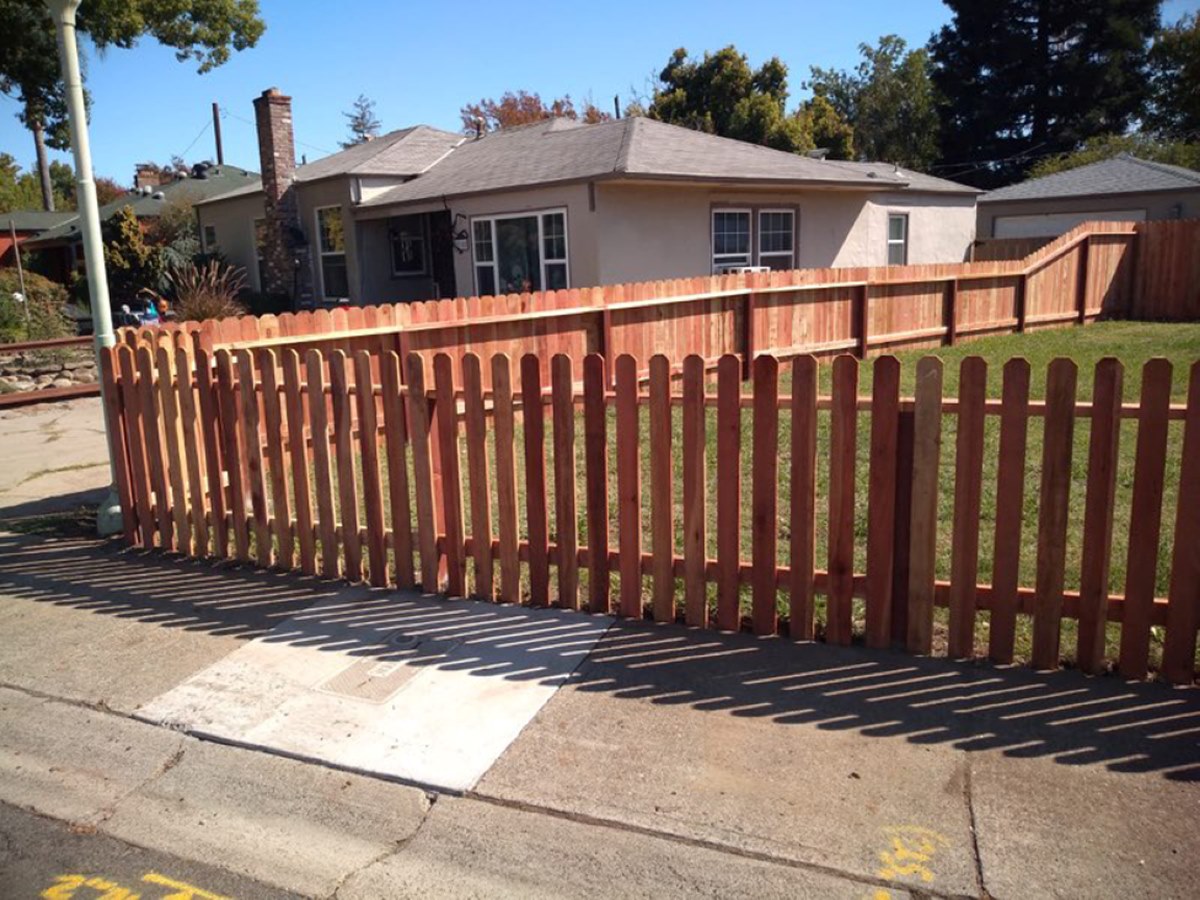
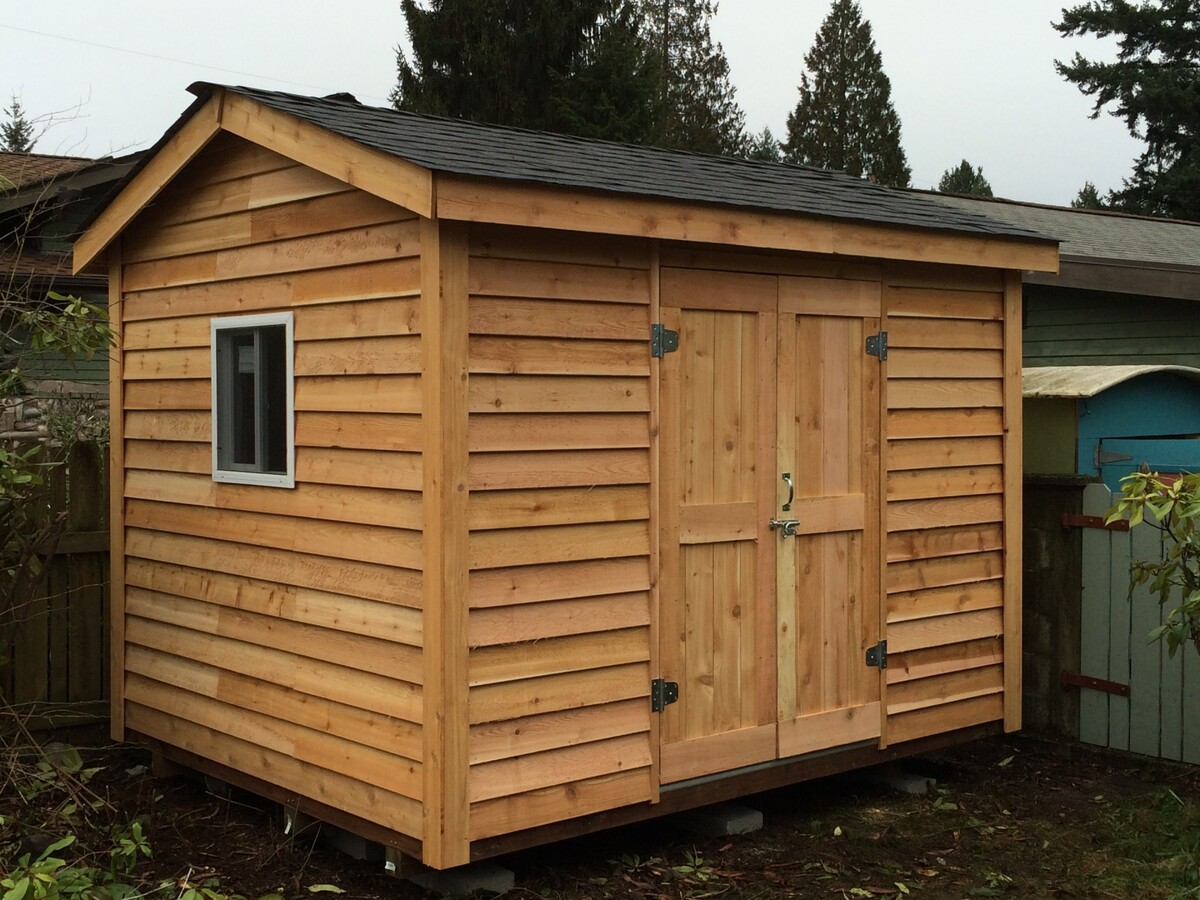
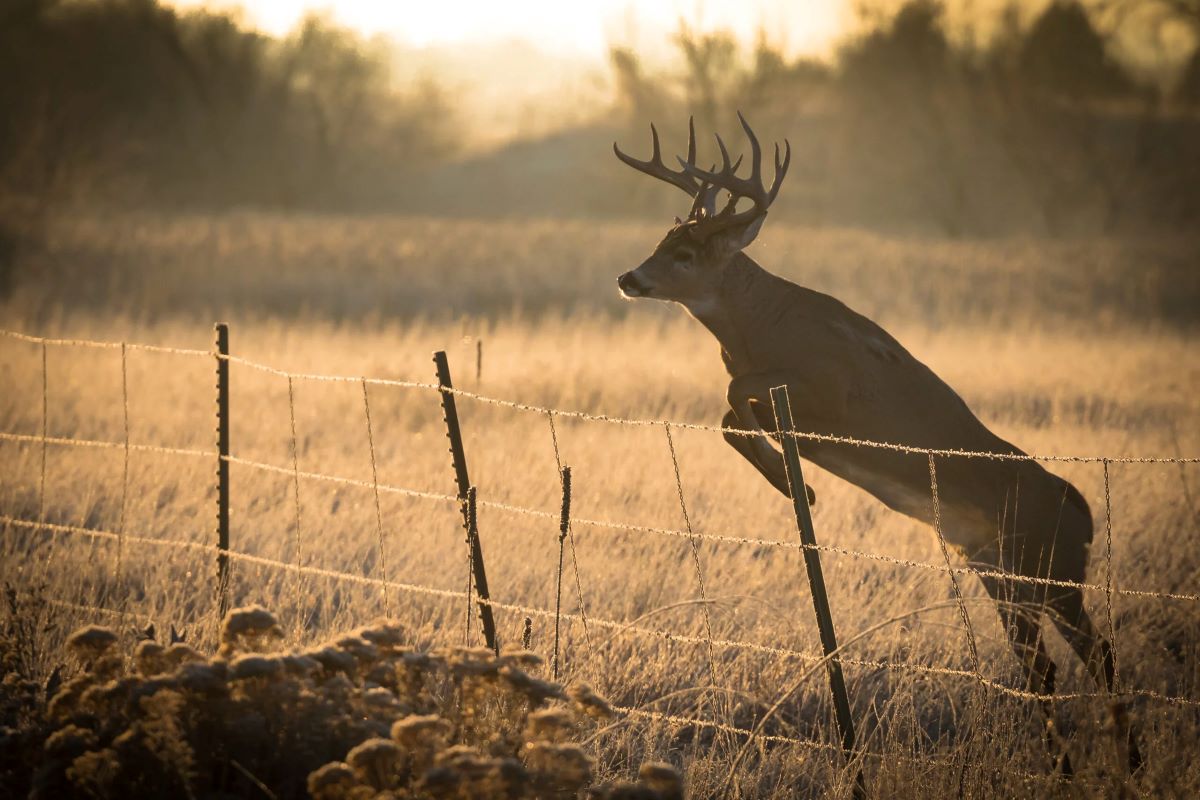
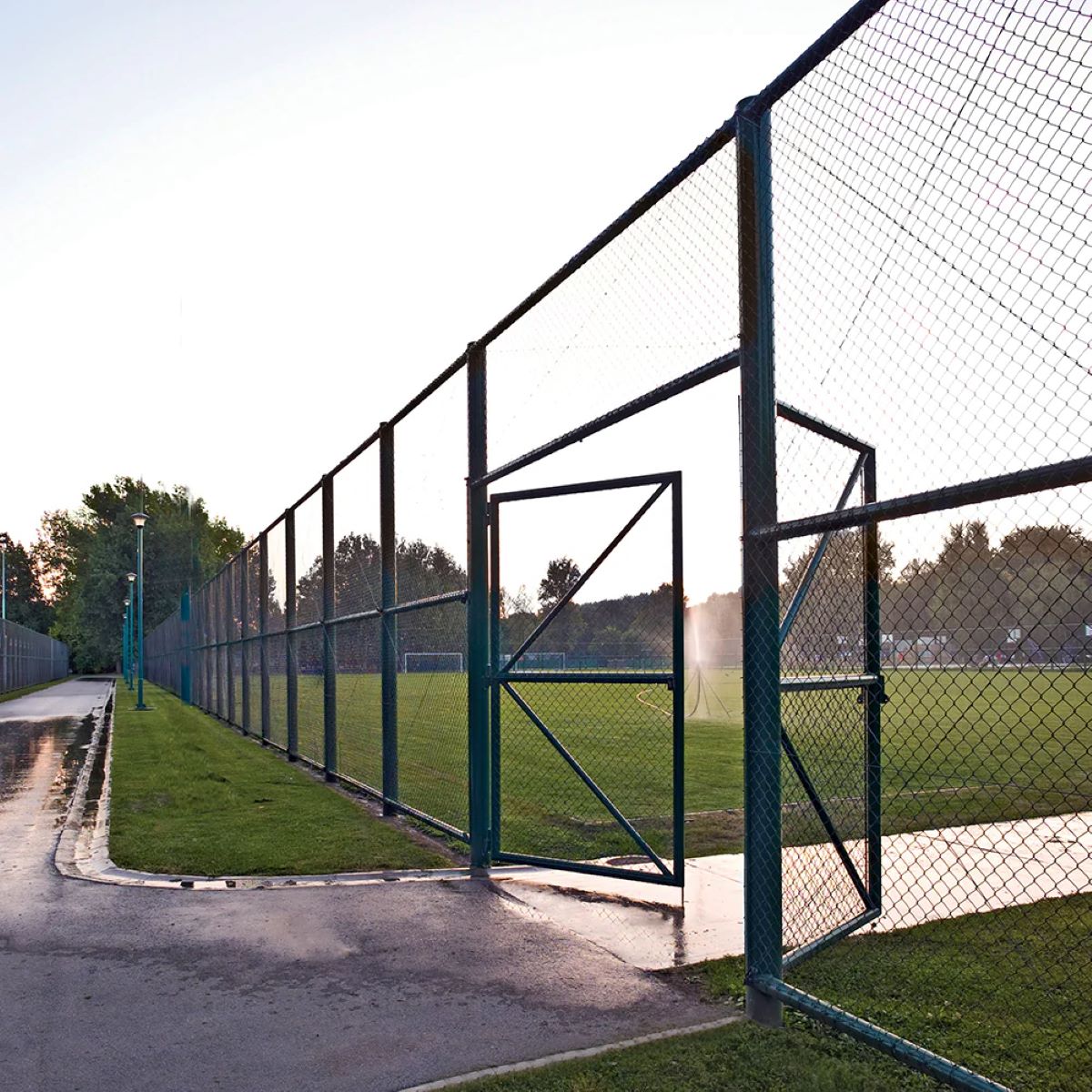
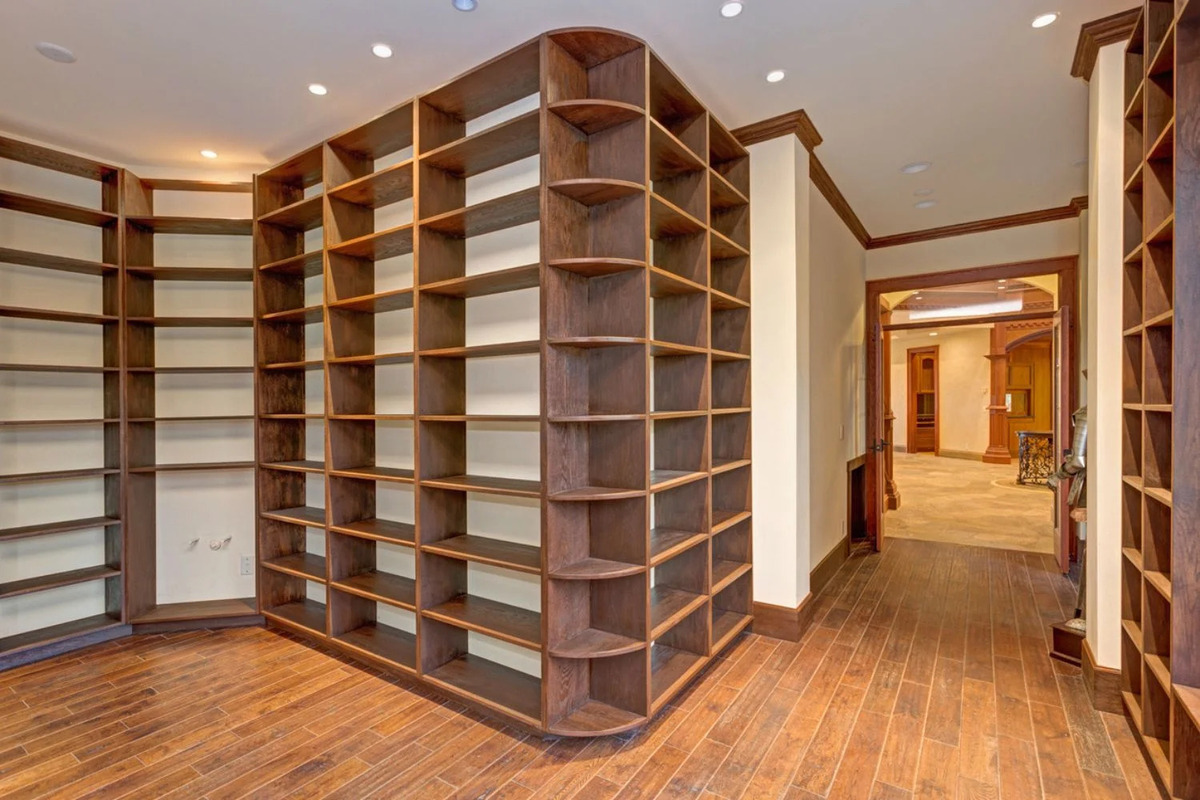
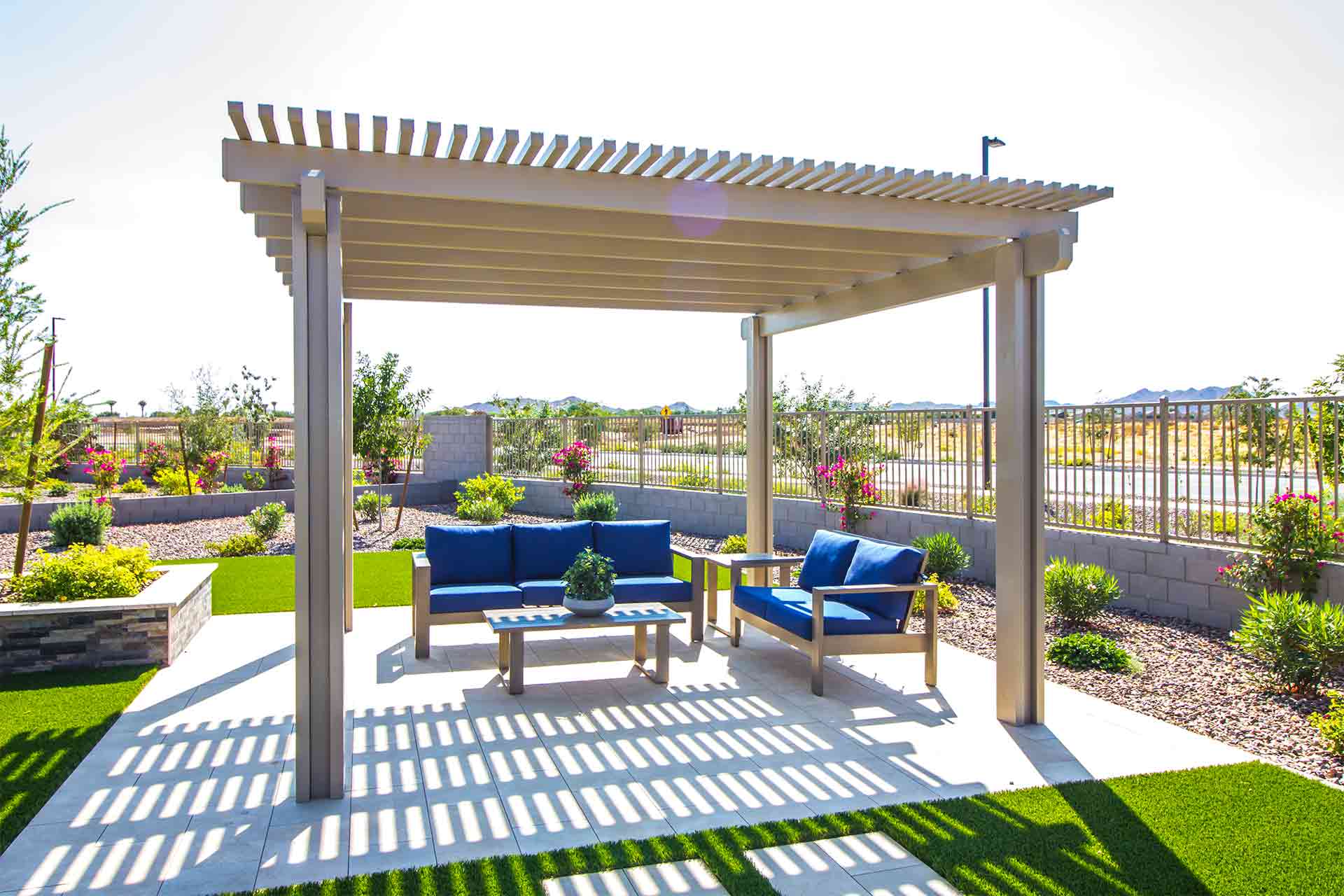

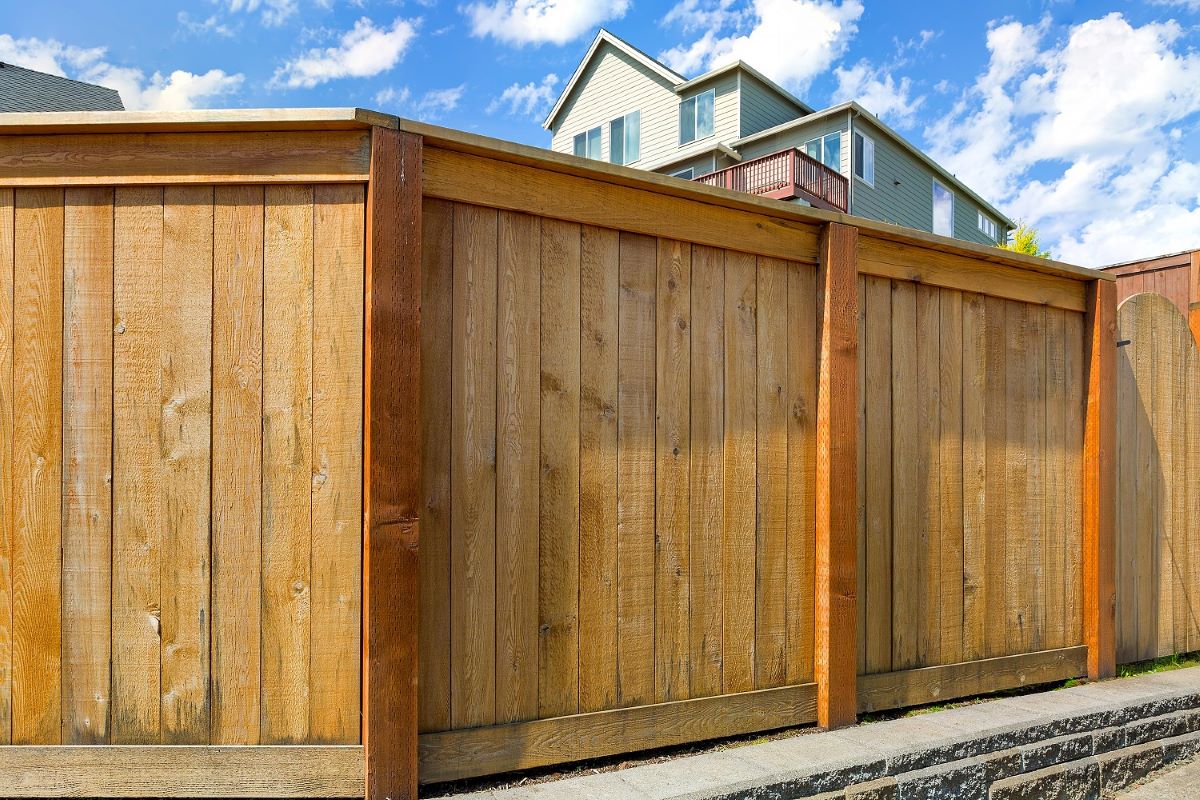
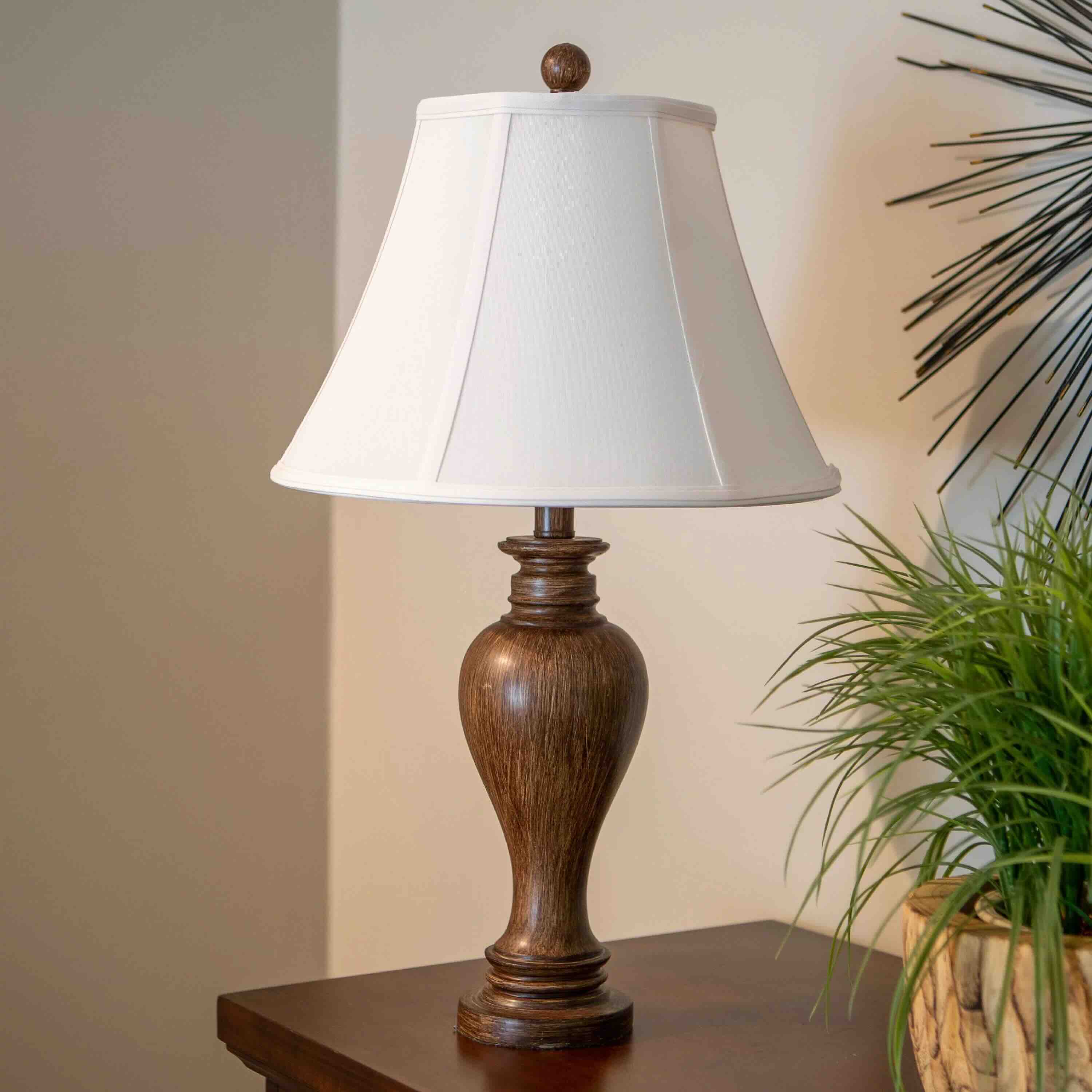
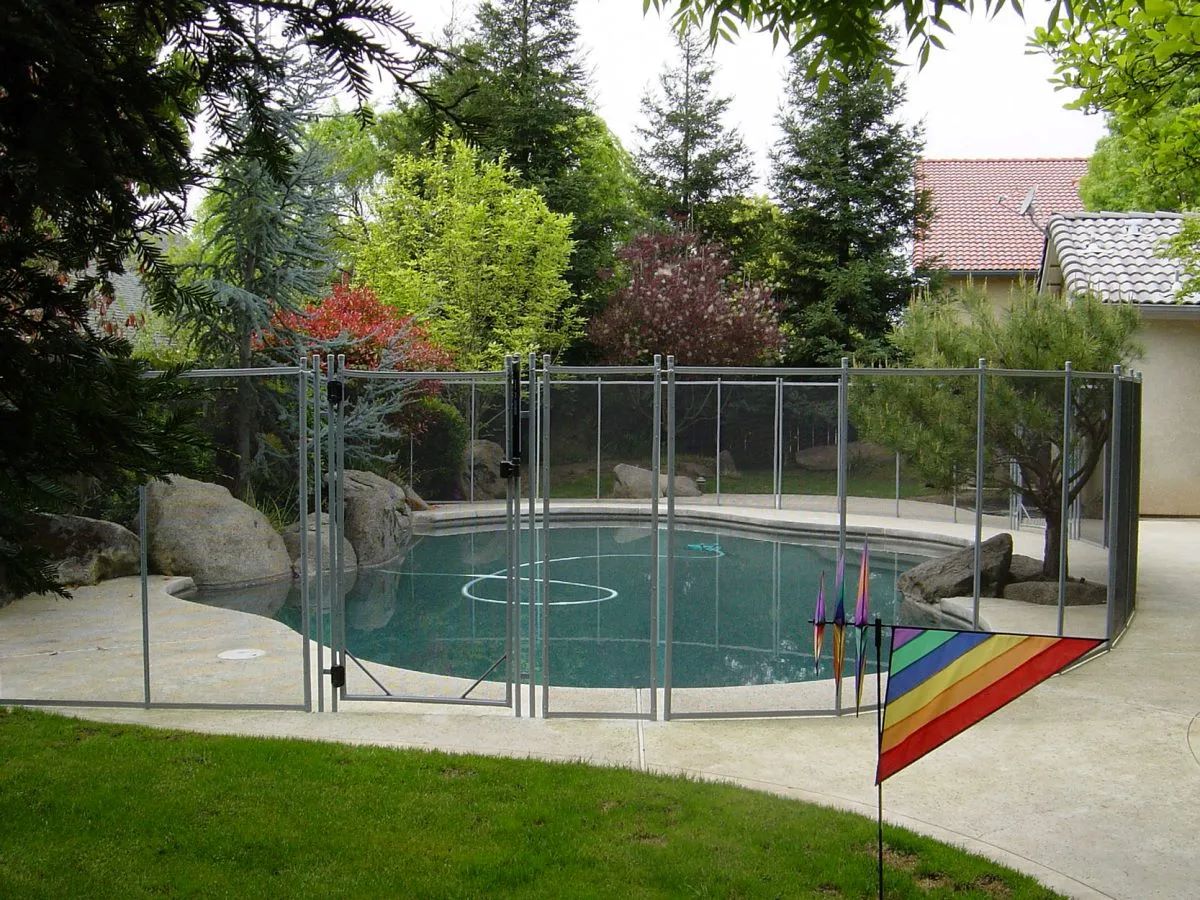
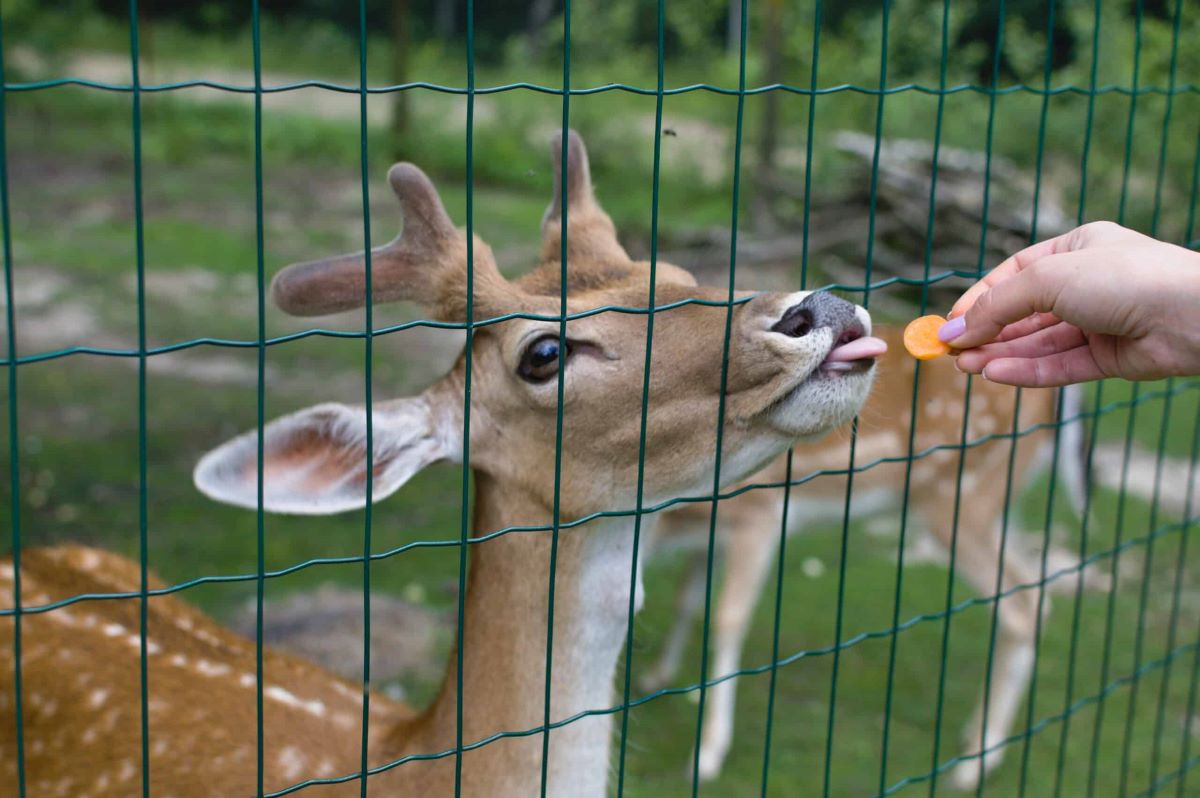

0 thoughts on “How Tall Should A Deer Fence Be”